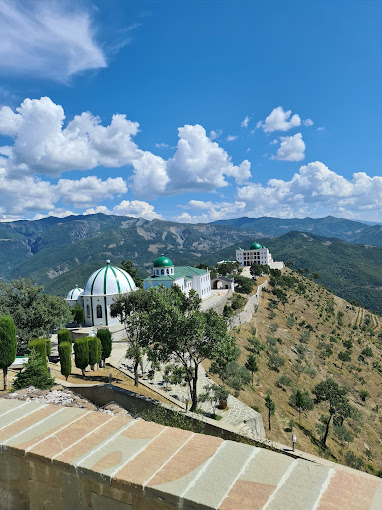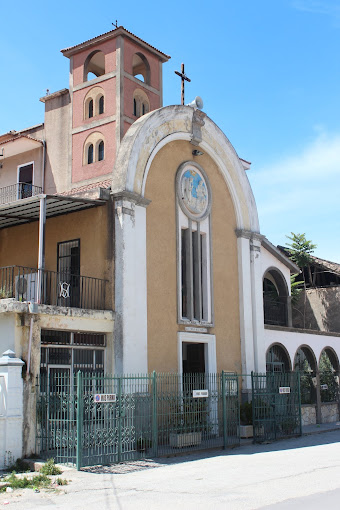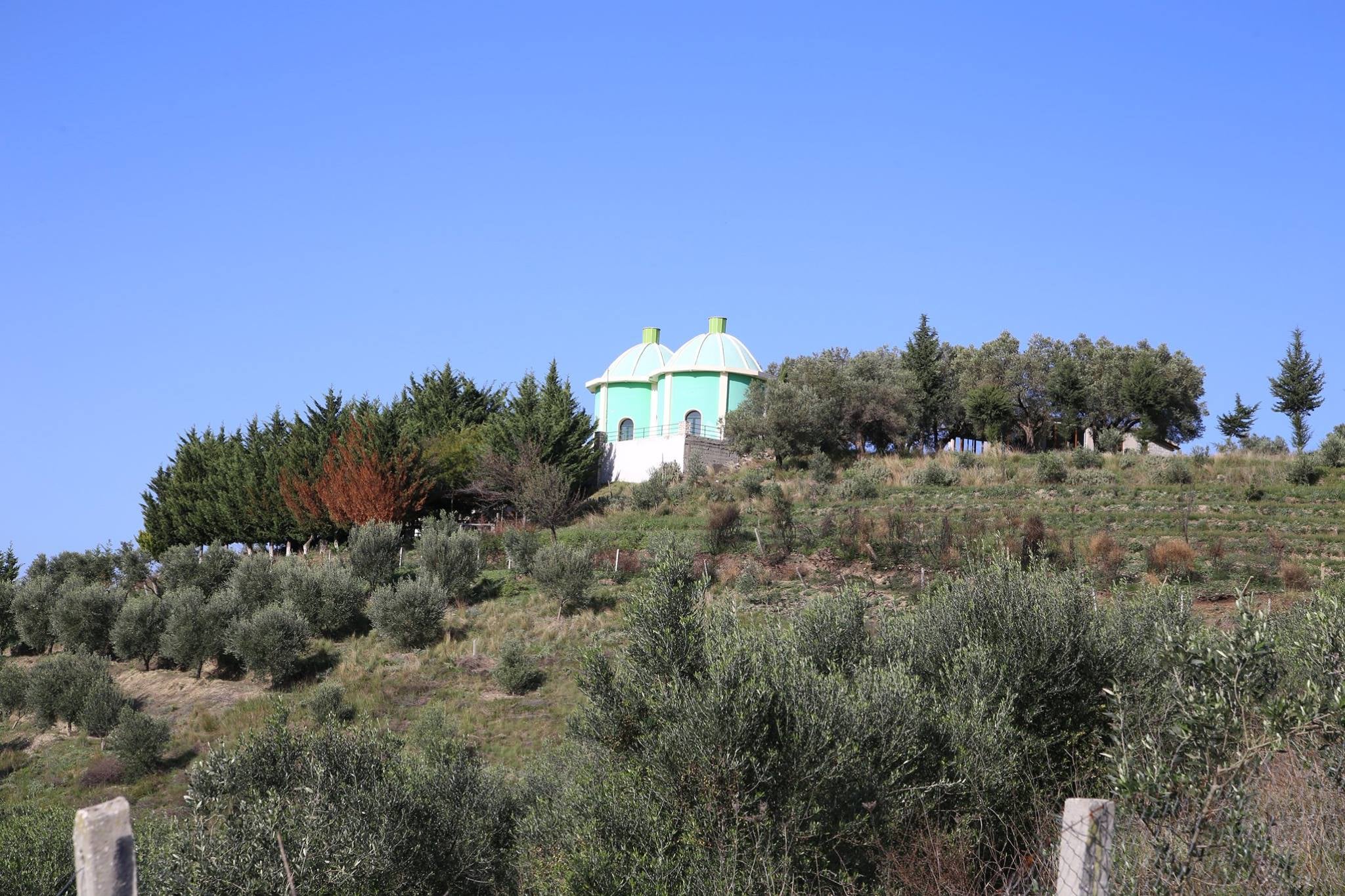The Orfeu Mosaic, an important asset of the cultural heritage of Durrës, is a special monument partially discovered in 1988, during archaeological excavations in the basement of a private house in district 9 of the coastal city, also known as the New Quarter.
This mosaic is translated into an artistic activity of the 2nd century AD and is a work of rare value for the richness of the figures and its artistic realization. It features rich plant and geometric figures, focusing mainly on the representation of Orfeu, a character known in ancient mythology and art for his association with music, poetry and nature.
Archaeological excavations have shown that the mosaic was made with the opus tesselatum technique, using cubic polychrome stones in the colors red, white, green, and black. The figure of Orfeu appears as the personification of a mysterious and artistic entity, possibly influenced by the figure of Christ according to some explanations. His artistry has been highly praised by experts, and the mosaic is considered a rare work within its genre.
In 1990, the mosaic was declared a Cultural Monument, giving it an official protection status. However, for years the mosaic has remained quite hidden and locked in the basement of a private house.
This historical object can be visited, offering a new opportunity for citizens and tourists to get to know the treasure of culture and ancient art. The Orfeu Mosaic adds to the cultural values of the city of Durrës, which is already a rich center of mosaics and other archaeological finds, creating an in-depth knowledge of the periods and artists that have left their mark on this ancient coastal city.



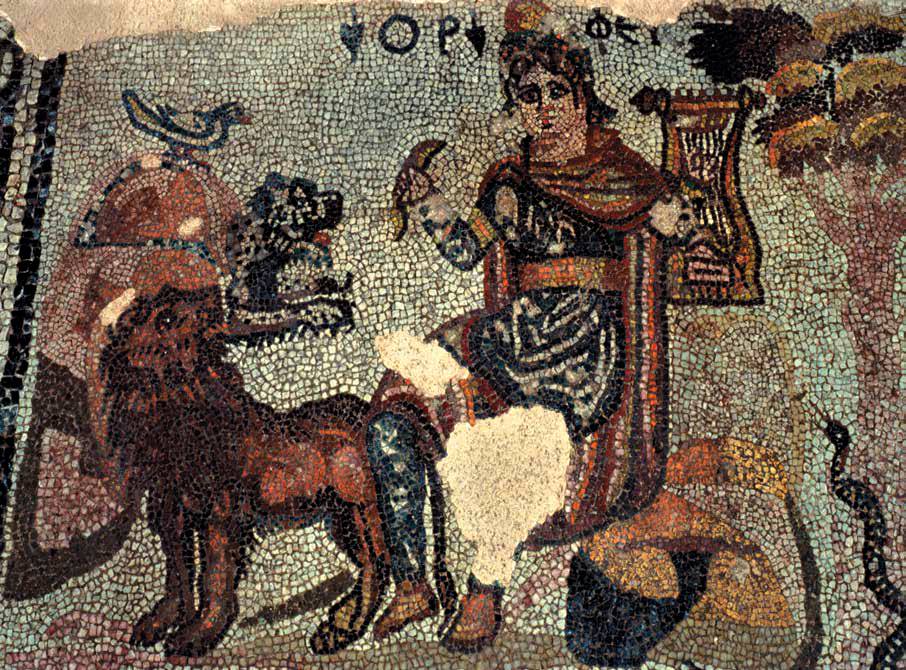
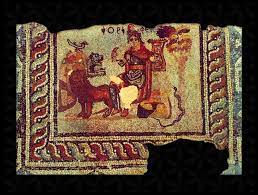
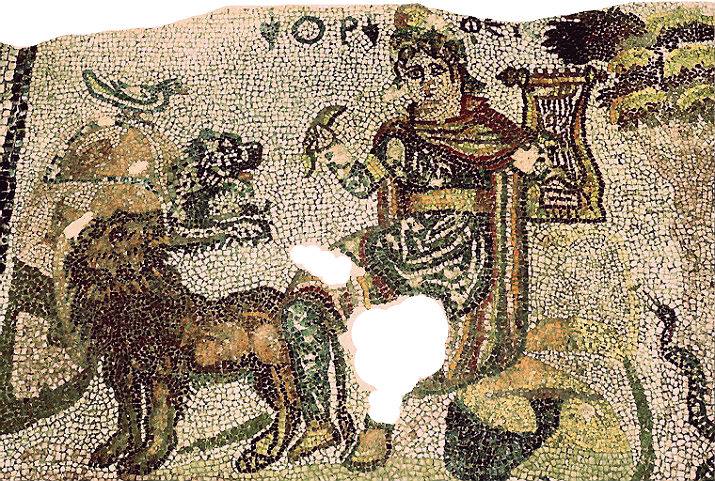
.jpg)
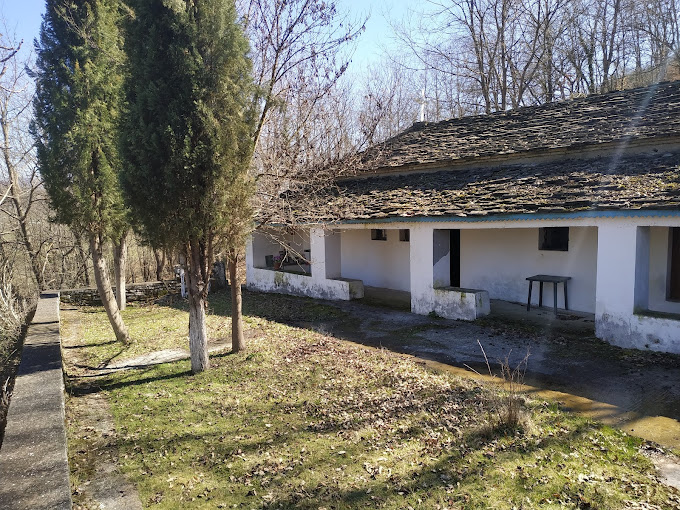
.png)
.png)
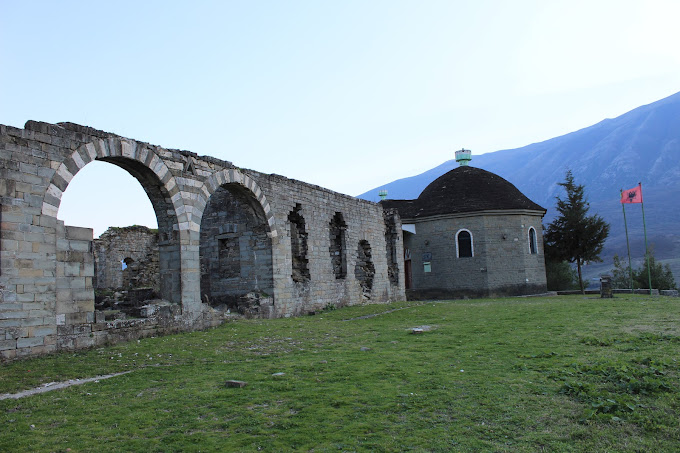
.png)
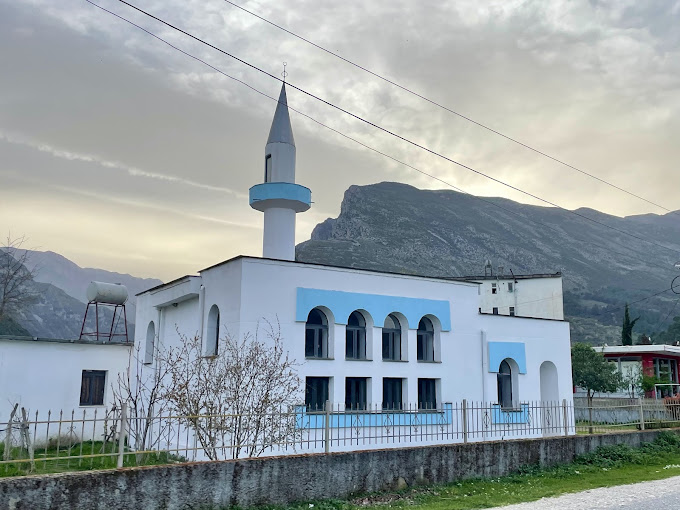
.png)
